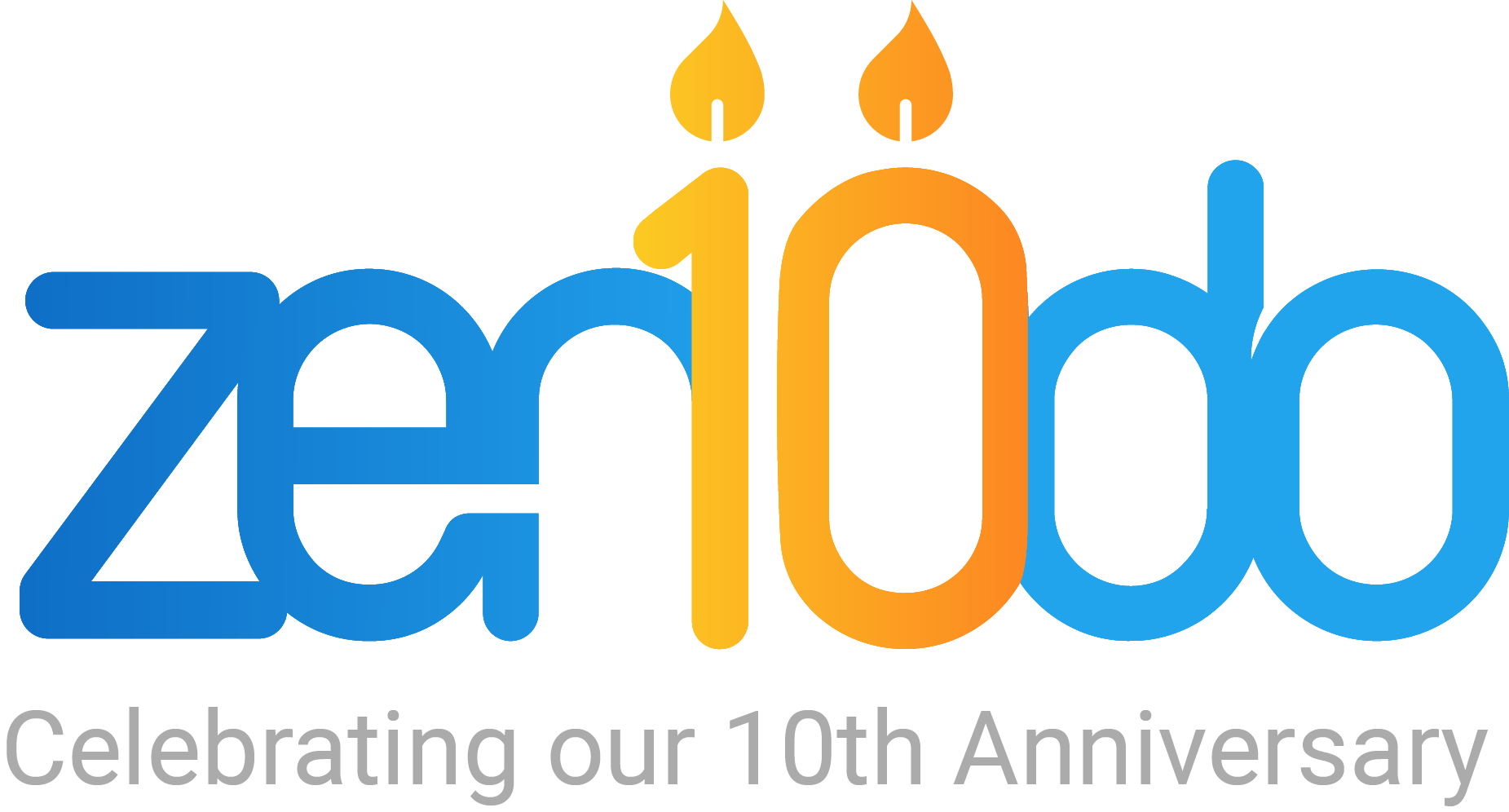In the FORTESIE project, one of the most important lessons so far has been that successful renovation is not only about technology. Energy savings and smart services matter, but so does the willingness of people to accept and use them. For this reason, we have paid particular attention to how citizens, households, and organisations experience and respond to the changes introduced in our pilots.
A Methodology for Engagement
To guide this process, FORTESIE has used the Common Impact Model (CIM), a framework developed in earlier European projects. The CIM encourages a structured approach: first mapping the stakeholders who will be affected, then exploring their motivations and concerns, and finally co-developing engagement strategies that are locally relevant. In our case, this meant adapting activities to the different pilot sites, from museums and schools to residential buildings and public facilities.
This methodology has been combined with practical tools such as surveys, interviews, workshops, and onboarding sessions. These activities have helped us understand how people perceive comfort, energy use, and digital services, and to adjust our approach where needed.
Engagement in Practice
Each pilot has its own story. In Athens, museum visitors and staff were introduced to the project through information displays, tours, and small quizzes. In Spain and France, engagement focused on residents and homeowners, some of whom were hesitant at first to install sensors or try new digital tools. In Portugal, work with vulnerable households required building trust step by step, while in schools and offices, teachers, students, and employees were invited to co-create comfort targets and provide feedback on the solutions.
The FORTESIE mobile app and one-stop-shop (OSS) marketplace have also been important enablers. They are not only technical tools for monitoring and recommendations, but also spaces for interaction. Through the app’s recommendation engine, quizzes, and gamified challenges, users can see how small changes in behaviour connect to comfort improvements and energy savings.
Emerging Insights
Although the contexts vary, several common lessons stand out. Engagement works best when it acknowledges the everyday realities of participants, whether that means limited staff resources in small organisations or the digital literacy levels of elderly residents. Clear feedback loops are essential: people are more likely to adapt when they can see tangible results in their own homes or workplaces. And community-based approaches, such as working through cooperatives, schools, or neighbourhood associations, often create stronger motivation than individual efforts alone.
Looking Ahead
As FORTESIE continues, these experiences are shaping how we refine our digital tools and design future engagement strategies. What becomes clear is that social acceptance is not an “extra” to be added after technical solutions are developed—it is part of the innovation itself.
By combining structured methodology with practical engagement, the project shows how citizens and stakeholders can become active partners in the Renovation Wave. In the end, successful renovation is not only about buildings, but also about the people who live, work, and learn in them.

